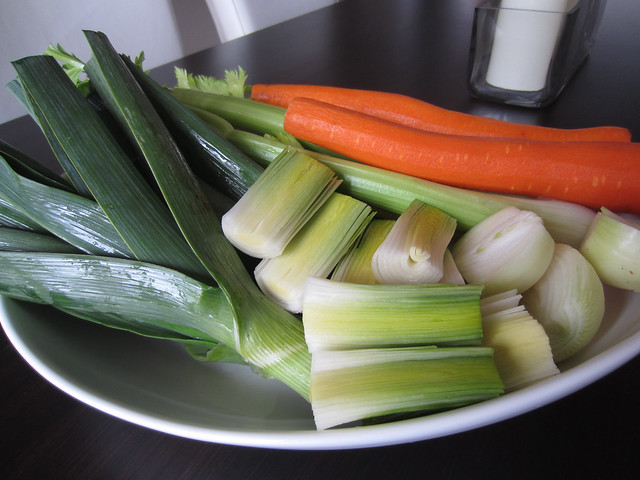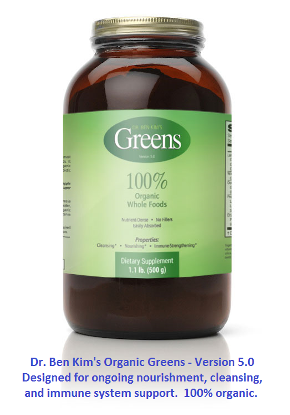You are here
Natural Health Solutions
Join more than 80,000 readers worldwide who receive Dr. Ben Kim's newsletter
Receive simple suggestions to improve your health and mobility, plus alerts on specials and giveaways at our catalogue.
Highest Rated |
|||












